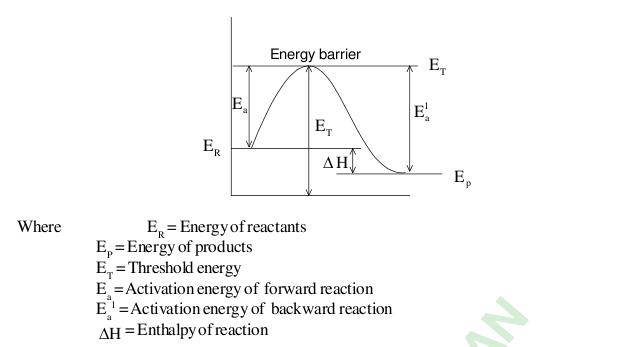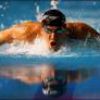 29
29Ans 1 ..A,B,C,D..
A can form a stable hydrate bcoz in a cyclopropane ring there is large gap b/w the angles of the two OH grps
B can form stable hydrate bcos there is no steric hindrance to the OH grps
C can form a stable hydrate coz of hydrogen bonding..
D can form a stable hydrate coz of hydrogen bonding..
Ans 2..A,B,C,D...
Draw a graph of the potential energy of the reactants..

the graph is for exothermic reaction ..similar graph can be drawn for endothermic reactions
 1
1GREAT JOB..GOVIND...REMARKABLE ANS.....
 1
1Q3.. A particlemoves towards a concave mirror .f=30cm,along da axis ans with constant speed of 4cm/sec.At the instant when the paricle is 90 cm from the pole
A)velocity of image is 1cm /sec
B)velo.of image wrt particle 5cm /sec
C)particle and image move towrds each other
D) as particle approaches da pole..velocity of image increases.... PLZ SHOW WORKING
 1
1in case of concave mirror
Vi=-[fu-f]2Vo
here u=-3f
 29
29Ans 3...it shud be A,B,C and D...
for option A u may use the equation
1/v + 1/u = 1/f ...wen u = -90cm ..v = -45cm..
differentiating both sides wrt time we get..
-1/v2 dv/dt - 1/u2 du/dt = 0
so -u2dv/dt = v2du/dt ..
putting the values..u = -90 ..v = -45 and du/dt = 4cm/s
u will get du/dt = -1cm/s..
-ve sign indicates that the direction of speed of image is opposite to that of the object...ie they both are moving towards each other..
similarly relative velocity = 5cm/s
 1
1govind u r a true genius .........a PERFECT material for IIT....keep it up.
 1
1Q4.(x coty+lncos x)dy + (ln sin y - y tan x)dx=0....
soln to this is/are:
A)(sin x)y(cosy)x=c
b)(sin y)x(cosx)y=c
c)(sin x)y(siny)x=c
d)(cot x)y(coty)x=c
 29
29(xcoty + lncosx)dy + (lnsiny - ytanx)dx = 0
It can be written as
xcotydy + lnsinydx = ytanxdx -lncosxdy
now integrate both sides...u will get the answer as B..
